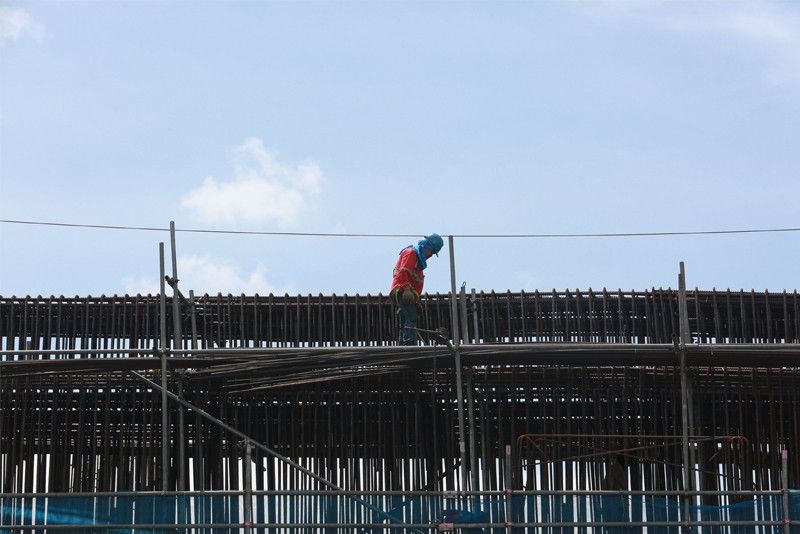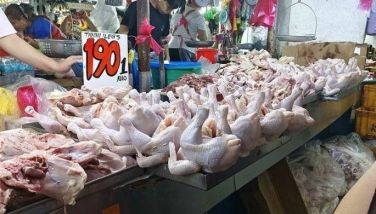Build, Build, Build's 'painful' side effects temporary — report

MANILA, Philippines — President Rodrigo Duterte’s promise to bring a “golden age” of infrastructure has some “painful side effects” that should be temporary, London-based Capital Economics said.
“The big push to update the Philippine’s infrastructure has led to a number of painful side effects, including a worsening external position, a falling currency and an increase in inflation,” Alex Holmes, Asia economist at Capital Economics, wrote in a research note Tuesday.
“However, these problems should prove temporary and improving the nation’s woeful infrastructure is desperately needed,” Holmes added.
Widely known as the “Build, Build, Build” program, the government plans to ramp up infrastructure spending to 7.3 percent of the country’s gross domestic product by the end of Duterte’s term in 2022, and supercharge economic growth to 7-8 percent. Data from the Department of Finance show 10 of the 75 flagship infrastructure projects of the Duterte administration are set to begin implementation in the latter half of this year.
However, the infrastructure boom has been fueling demand for imports of capital goods, leading to a wider trade gap and reversal of the country’s current account surplus to a deficit, pressuring the peso.
The weaker peso, one of Asia’s worst-performing currencies so far this year, has made imports more expensive, pushing up inflation. Meanwhile, higher excise levies on fuel imposed by the Duterte administration’s tax reform law—which aims to partly fund the Build, Build, Build initiative—have been adding upward pressure on prices. The central bank has responded by introducing back-to-back rate hikes.
According to Holmes, inflation will likely ease next year.
He also stressed that the Philippines’ current account deficit is still below alarming levels, adding that a far bigger concern is the “deteriorating political situation” in the country due to Duterte’s “crass and erratic” leadership style.
READ: ‘Duterte’s erratic, crass leadership putting off investors’
“That all said, while higher inflation and the shift in the current account into the red are a worry, they should prove temporary. The impact of indirect tax hikes will drop out of the annual comparison at the start of next year,” Holmes said.
“Oil and food price inflation should also drop back over the coming months. We expect inflation to fall back to 4.0 percent by the beginning of 2019,” he added. “The current account should also come back to balance as infrastructure improvements boost prospects for growth in the country’s manufacturing and export sectors.”
- Latest
- Trending




























